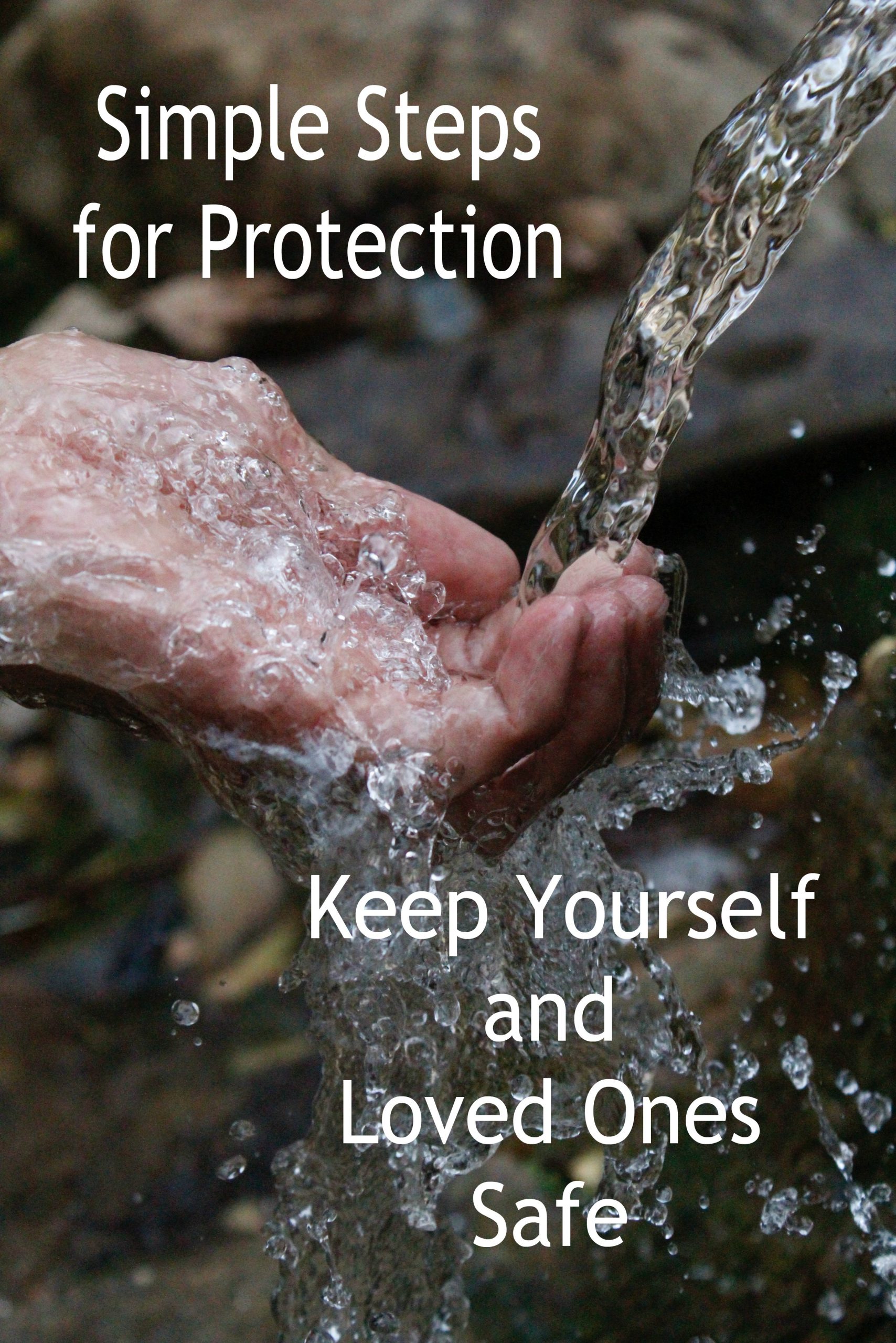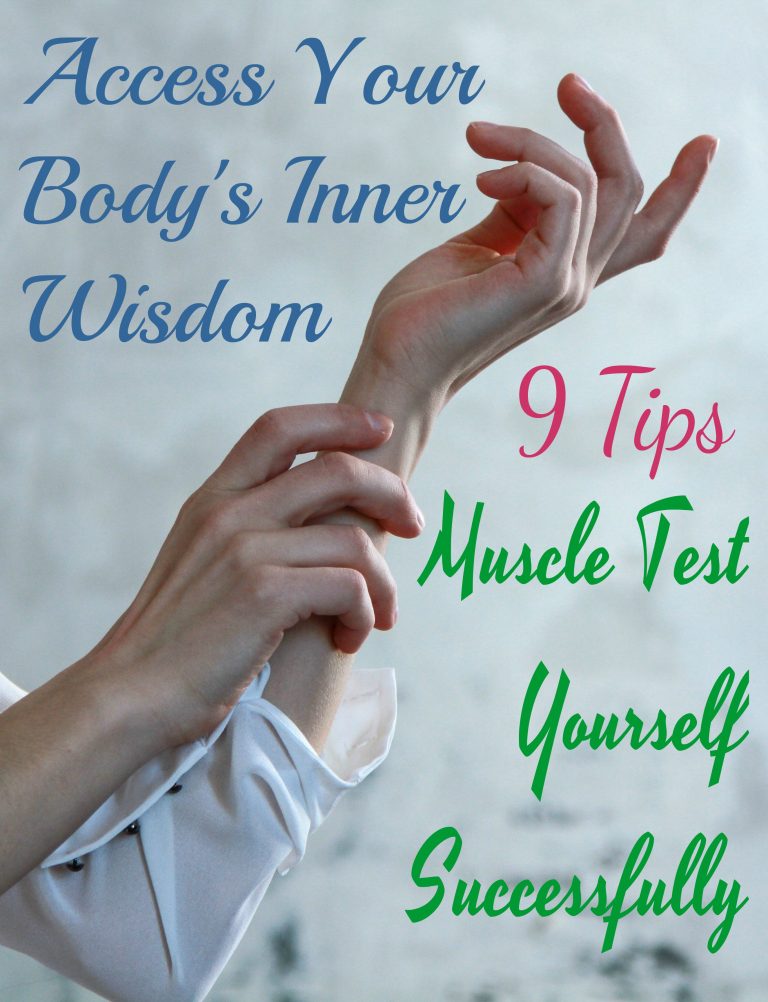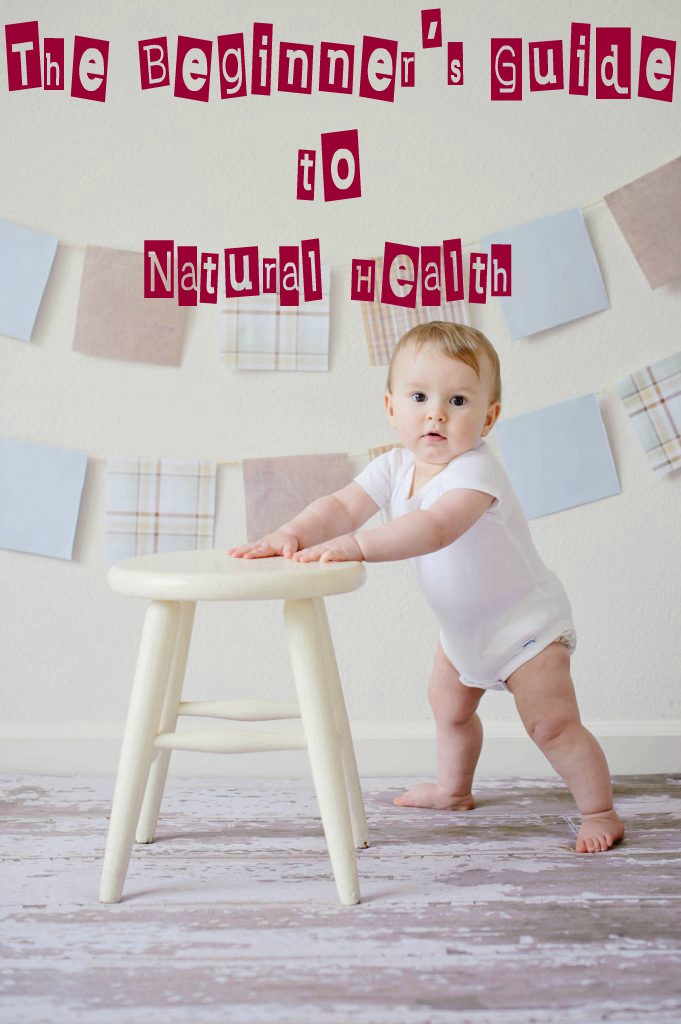Coronavirus and Covid 19: A Walk Through the Guidelines
Taking a Moment to Step Back
There’s no doubt. The Panic Button is hit! Media coverage seems to forecast doom and gloom. And our collective consciousness has apparently fixated on a single term: Coronavirus/Covid 19.
As a result, self-preservation and survival instincts kick in. We do not fear what we do not know. But we fear something we know little about; other than that it kills people. We dare not trust perfect strangers. Yet we altruistically place ourselves among them to get groceries and basic necessities for our families. We have descended into a mentality of Scarcity.
Droves of people are stock-piling goods as quickly as possible. Questions pop up we have not considered before. Do we need extra food? Extra water? Extra medicine? Do we have enough space? Should we buy an extra freezer to store it all? What will we do if we need more? What if we are placed in lockdown? Can we survive with what we have? What if the power goes out? What if the city water supply goes out? Is/Are our cars topped off with gas? Can we still pay our bills on time after buying all this stuff? Do I even still have a job?
Ok, stop.
Breathe.
These questions are perhaps more infectious than the virus itself!
They are important. But it is VERY EASY to get carried away in anxt provoking thoughts. Let’s take a moment to step back and collect ourselves.
We Don’t Need to Know A Lot
There is a lot of media coverage about the “latest updates” on this virus. But here’s the thing, the most important information can be found on the CDC website. https://www.cdc.gov/coronavirus/2019-ncov/prepare/prevention.html
What are the basic things we need to know?
- What is the Coronavirus/Covid 19?
- How can we minimize or prevent catching it?
- How can we minimize or prevent spreading it?
- What are the symptoms?
- What do we do if our efforts are not good enough?
Answers to these questions help us make sound and actionable decisions on a daily basis with respect to this virus as well as any other infectious disease.
Why do we need the answers to these questions? Because we sense that we are out of control. And so fear continues to feed upon us. However boiling things down to the most essential information will allow us to regain control and take appropriate action.
I hope I can help you establish the groundwork by walking through the CDC Recommendations and trying to explain their guidelines as best I can.
What is the Coronavirus/Covid 19?
The coronavirus gets its name because it is a virus that looks like a crown under a microscope. “Corona” is latin for “Crown”.
People seem to believe that there is only one coronavirus. This belief is false.
A coronavirus is a family of viruses. “Coronavirus” is just the last name of the virus. Much like how your last name is your family name. There are many individual viruses that share this family name. If a virus is not in the Corona family, then it belongs to a different family (ie: Picornaviridae is a different family that includes the common cold and stomach flu).
There can be different kinds of species in the family of coronavirus. That’s how we get the current Covid 19. We also go back in history to the Middle East Respiratory Syndrome (MERS) in 2012 and Severe Acute Respiratory Syndrome (SARS) in 2003. These are simply 3 species of the family of Coronavirus.
Make no mistake, these 3 coronaviruses are not the only ones that existed in history. We have had many more over the years. Therefore chances are good that people have been infected and recovered. So what makes these particular species of coronavirus special?
It is a species that came from another species.
In other words, this particular species of coronavirus got its origins from an animal. SARS and MERS came from animals as well. However nobody seems to know with certainty which animal Covid 19 came from.
Regardless, the important thing to note here is that a virus makes it onto our radar when it mutates in a way that adversely affects human beings. This means we may know little to nothing about what appears to be a new virus to us. And if it has devastating consequences, we need to learn things quickly!
Learning the intricacies of how the virus works and where it came from is important to the scientists as they figure out how to best treat people that get affected and prevent new cases from occuring. How your local government works to mitigate the progress of the virus is good to stay informed about what you should do and where you can go to get treatment.
If you want to know more about the virus, please visit the website for the World Health Organization here.
What matters most to the general population is what we can do to protect ourselves and our loved ones.
How to Protect Our Families and Ourselves
By now you’ve heard all the general guidelines about washing hands and “social distancing”. But here’s the surprise, it’s nothing new!
Everybody knows what it means to wash your hands frequently for at least 15 seconds with soap and water. Everyone knows that they should not touch their eyes, nose, and/or mouth because we can inadvertantly innoculate ourselves with a world full of viruses and bacteria. And everybody understands that being near someone who is ill can potentially put you at risk for the same illness if they sneeze/cough in your face. Or if you shake hands after they sneezed/coughed in their own.
SO… the guidelines established by the CDC boils down to prevention of transmission.
There is a problem. Nobody seems to know with 100% certainty how this virus gets transmitted. It’s still too new!
So we must consider all the possible modes of transportation the virus can use. Therefore the CDC created a set of common sense guidelines to minimize and cut off all the possibilities of transmission by the virus. You can find these methods in “The President’s Coronavirus Guidelines For America”. This will lead you to a PDF the United States Government has created.
How we can prevent/minimize catching and spreading
There’s a lot of information on the previous link. However I would like to start at the bottom right corner of the second page. The section titled, “Practice Good Hygiene” lists four main points for personal hygiene. The interesting thing is that these points apply to the coronavirus as well as every germ you can think of! This is why I say the CDC used some common sense in making their recommendations.
People have been raised since childhood to simply wash their hands with soap and water. People know to avoid touching their faces because you spent the day interacting with other people and touching things that have microbes. Sneezing or coughing into a tissue or inside your elbow helps to minimize the germs you spread to other people. And since we know these measures are not always completely effective, we are told to disinfect the things we handle often.
So why do they need to remind us of these basic actions? Because most of us are not in the habit of doing these things. I washed my hands with soap and water every time I went to see a patient and every time I finished with that patient. If I had 10 patients, I will have washed my hands 20 times! Multiply that by at least 15 seconds per wash and you will have spent 5 minutes washing your hands.
Most people don’t want to do that! So we either rinse our hands for 2 seconds with no soap or we just skip it all together. Now we are at a stage where washing hands properly is NON-OPTIONAL. Our very lives and the lives of those around us depend upon this simple action that takes no more than 15 seconds.
I have noticed that people use hand sanitizers as a substitute for water and soap. There are times even healthcare professionals must use hand sanitizers. However when it comes right down to it, water and soap are best in my opinion. Why? Because you are mechanically washing away and REMOVING any pathogens that you might have picked up while touching things in the world around you.
Our loved elders are more vulnerable
There is a rumor I have heard that young people are not affected. First of all, this is not true. There are many examples of young people suffering from this virus. But let’s assume you just have a small case of the sniffles and recover quickly.
That might be good for you. But what about your grandparents? Even your parents? What about people with chronic diseases? Do your parents or grandparents have diabetes? Heart problems? Liver or kidney problems? Do they have a compromised immune system?
Any young person who thinks him/herself impervious to the virus should still give CAREFUL consideration to older loved ones. Especially if they have chronic diseases.
Therefore the CDC guidelines still apply to you. Good hygiene practices still apply to you. Why? Because these practices do not JUST protect you. They protect those around you as well. In essence, you must be vigilant for yourself and for others.
Keep your distance
Almost everything on these guidelines suggests a way to keep yourself isolated if you feel sick. Or to minimize social activities even when you feel healthy; aka: Social Distancing.
So what’s the big deal? Do you really have to stay home and call your doctor if you feel feverish and have the sniffles? Do you really have to keep your social gatherings to no more than 10 people as the CDC suggests? Where do they even come up with the number 10? Is 11 really too much?
Ok. Let’s try to figure out why the CDC has established these guidelines.
We already know that we want to minimize contact with other people when we are sick. We also know that we definitely want to minimize or even cut off contact with someone ELSE who is actually sick. That is human nature to want to stay healthy. Ironically, our human nature can countermand that instinct if we feel that we are endangering our loved ones. Self-preservation takes less priority to the protection of our parents, grandparents, and children. This is known as altruistic behavior. We put the health of loved ones before our own.
This again echos the sentiment shown in the last section about young healthy people in relation to their older parents/grandparents. The logic is that you can still be a carrier of the virus even if you feel perfectly fine. So you still have the possible to transmit the virus regardless of whether or not you sneeze or cough.
I would be careful about sneezing or coughing in your elbow. I DO recommend you follow the guidelines. In light of this, I would like to suggest that you become mindful of where you sneeze/cough on your body. Why? Let’s say you sneezed/coughed into your elbow, then go give someone a hug. You just transferred any potential pathogens to the next person with a hug. How about sneezing/coughing into your shoulder? Well someone’s face is going to be right on your shoulder if you hug that person.
Bottom line is that you should be mindful of what parts of your clothing and body might be contaminated. Wash your clothes accordingly.
The magical number 10
Now, what’s with this magic number of 10? Why limit social gatherings to just 10 people?
The CDC is working hard to help local governments (states, counties, cities, municipalities) contain the virus in the most effective and efficient way possible.
These are not hard and fast rules. These are smart and simple guidelines to prevent the spread of the virus.
With that in mind, every new case of the coronavirus must be back-tracked.
For example, let’s say someone gets infected with the virus. Now we have to see where that person has been to determine how many people could have been exposed. From there, we track where each of THOSE people have been. And the cycle continues until the point people tested negative for the virus.
This process is A LOT easier if social gatherings are limited because investigators don’t have to track as many people. It’s already quite difficult to track an additional 10 people. Because each of those people might have been with another 10 people. And each of those people could have been with another 10 people. 10 x 10 x 10 is already 1000 people that need to be tracked and tested. And so things can get out of hand very quickly.
So please do your best and be mindful of how quickly things can progress if we do not take these precautions to heart.
The magical number of 6
This number is not mentioned in the guidelines. However it is a number I have heard quite often. We are told to maintain a distance of 6 feet between ourselves and another person. Why?
That is the approximate range of a cough or a sneeze.
It’s kind of surprising! However respiratory droplets can potentially travel that far (and perhaps further). Therefore transmission of a virus is possible if one of these droplets contains the virus and makes contact with another person’s mucous membranes (ie: eyes, nose, mouth).
What about pets?
Something I noticed that is not mentioned in the guidelines are pets. We love our pets! They are family! Thankfully they may not be affected by this virus. However we must be mindful of something. If we can be perfectly healthy carriers of the virus, they can be carriers too!
Therefore we must be mindful of their hygiene as well. We must also be mindful of affectionate behaviors. It will be difficult because they may not understand why we increased frequency of baths or minimized kisses from our beloved family members. However this is only temporary to protect family members that CAN get infected.
Final Thoughts
There is a lot of “News” flying around. A lot of people say a lot of things and have the ability to make everything they say sound like your life depends on the information they provide. That may or may not be true.
However a little common sense tells us that we can get the cleanest information from the two primary sources.
- The people that are researching the virus(The World Health Organization)
- The people that are organizing and coordinating efforts to contain and limit the spread of the virus (Centers for Disease Control and Prevention)
- Also please check out the President’s Coronavirus Guidelines for America
If you want to know more about the virus, symptoms, and what to do, these links will give you the baseline information you need and more.
Please stay safe and please stay healthy. We will get through this!
Thank you for reading and please leave comments/questions. I will try to answer them as best I can.




